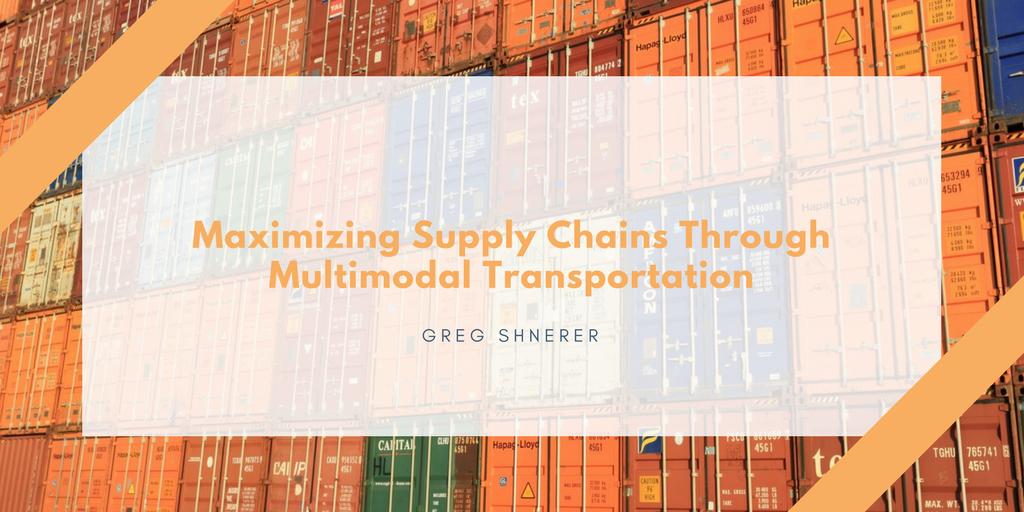Although international door to door shipments, especially those traveling overseas, move via multiple transportation modes – the majority of shipments throughout North America move over a single mode. Multimodal services that utilize several transportation modes including air, sea, land and/or rail are becoming a popular option for companies looking to improve efficiency in their supply chain. Containers that are standard in size (20’, 40’ and 53’) can now move between ocean vessels, railroads and trucks, thus becoming a key form of transportation for imports, exports and cross country shipments. Intermodal services that encompasses both rail and road options for domestic land transportation offer several benefits over road alone.
Environmental sustainability
CO2 is a greenhouse gas that has a negative impact on the environment as it is absorbed into the earth’s atmosphere. Intermodal transportation which uses a combination of rail, ocean and road reduces greenhouse gas emissions, particularly on longer haul shipments. Due to the amount of containers that can be loaded on a train or vessel, each one sees a reduction in fuel consumption and co2 emissions in comparison to having a truck haul a trailer the entire way. The reduction in traffic due to fewer trucks moving extensive miles improves idling for all vehicles on the road and thus directly contributes to improved fuel consumption and reduction. Utilizing Intermodal leads to an overall reduction of the carbon footprint left by the transportation industry.
Lower transportation costs
Cost savings can be realized for longer haul shipments, especially in rail specific corridors. Intermodal that involves rail can offer direct door to port service without having to even involve a truck for import and export shipping. The additional fuel surcharge or fuel recovery programs that shippers typically pay on top of their base rates is lower on rail and ocean in comparison to road. Many shippers will not shift their mode of transportation for environmental purposes alone; price remains the top driver for change.
Increased capacity
The labour issue of driver shortages in North America is real and will ultimately drive down capacity while rates steadily rise. Larger vessels and longer trains are today’s reality to account for increased demand as shippers move towards Intermodal when efficiencies can be gained. Containers are being double stacked on trains and up to eight high on new super ocean vessels. Innovation has become a key priority in the supply chain world, and carriers are always looking for new ways to improve capacity and service while keeping prices competitive.
Possible Downsides
Efficient shipping and strategically improve your supply chain is an art. Downsides for Intermodal shipping do exist and there are several reasons companies continue to use a single transportation mode – primarily over the road trucking. Capacity and equipment availability isn’t guaranteed for smaller/medium sized shippers that want to utilize rail and ocean services. Since volume predictability allows these services to plan for more efficient asset utilization, they tend to prioritize those companies who ship more often and more consistently. The advantages of competitive pricing also extended to these larger shippers, while others may not be offered the same lower transportation rates. If increasing demand continues to exist, there is no reason ocean or rail carriers will discount rates for smaller shippers since they won’t be getting on the vessel or train as intended anyways. Longer transit times and lower reliability are a reality for intermodal transportation. Trucks offer more predictability and faster transit for those urgent or just in time shipments.
Sources consulted:
https://www.investcalgaryregion.ca/blog/12-tips-to-maximize-intermodal-transportation-efficiency
This article was originally posted to GregShnerer.net

